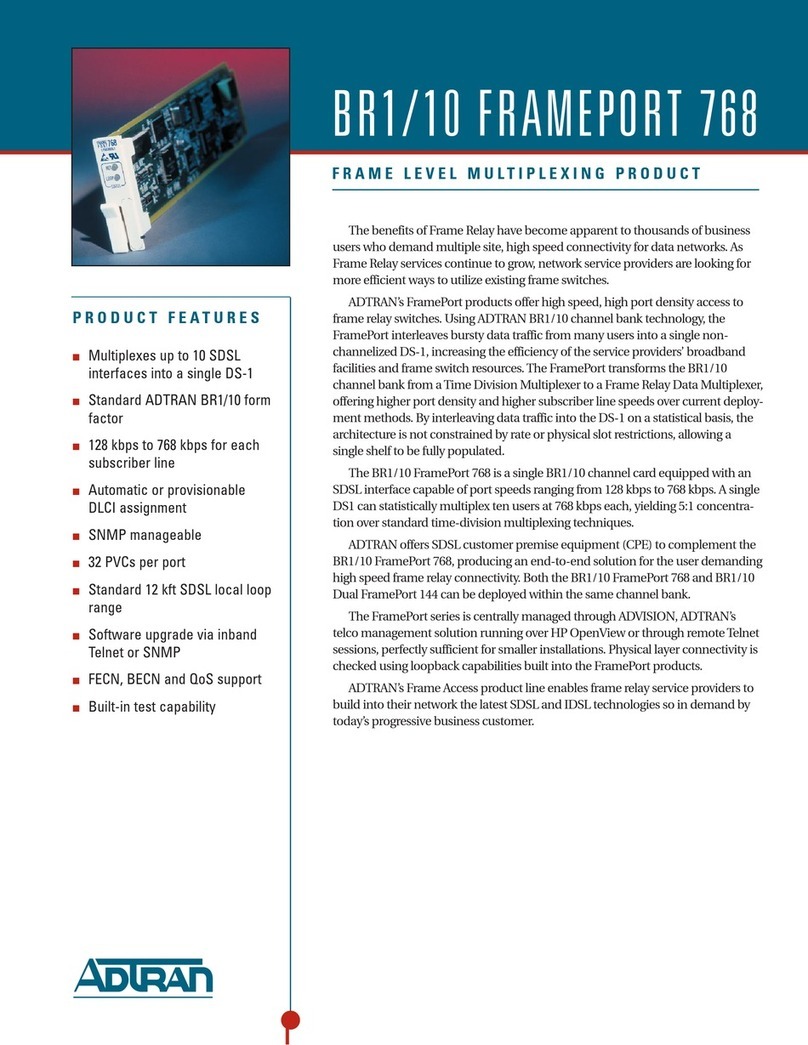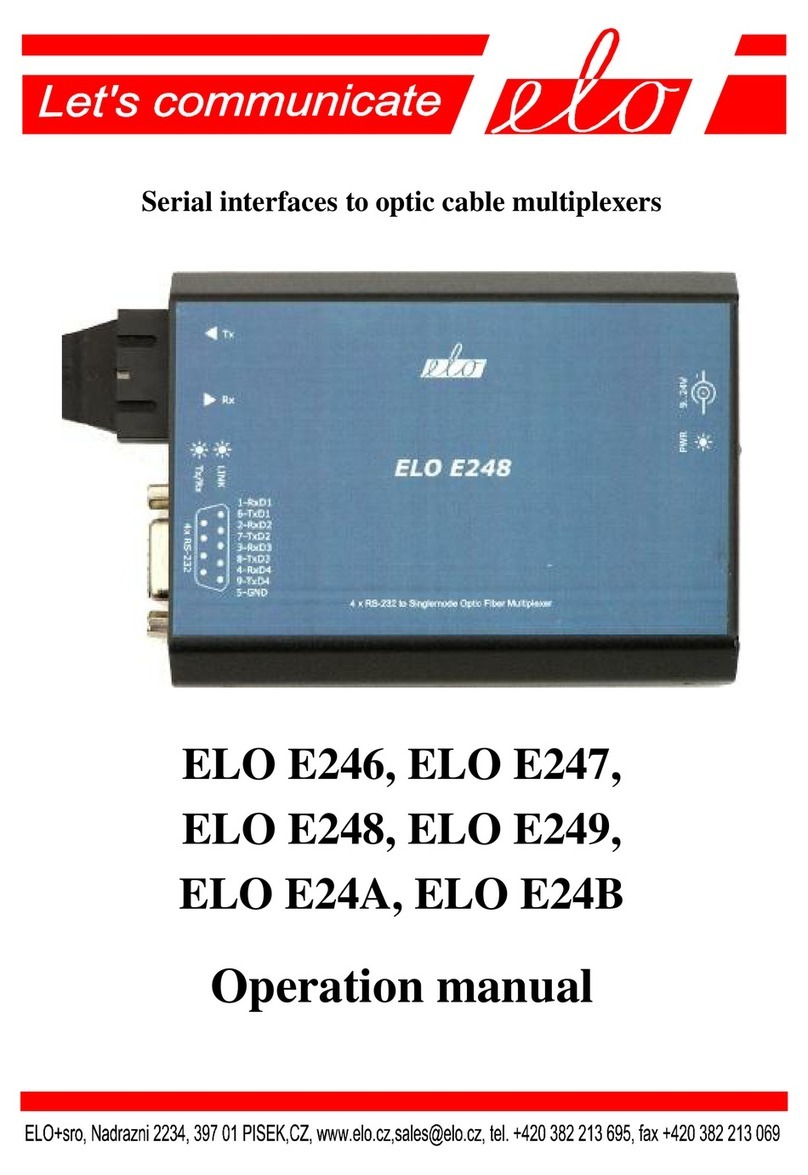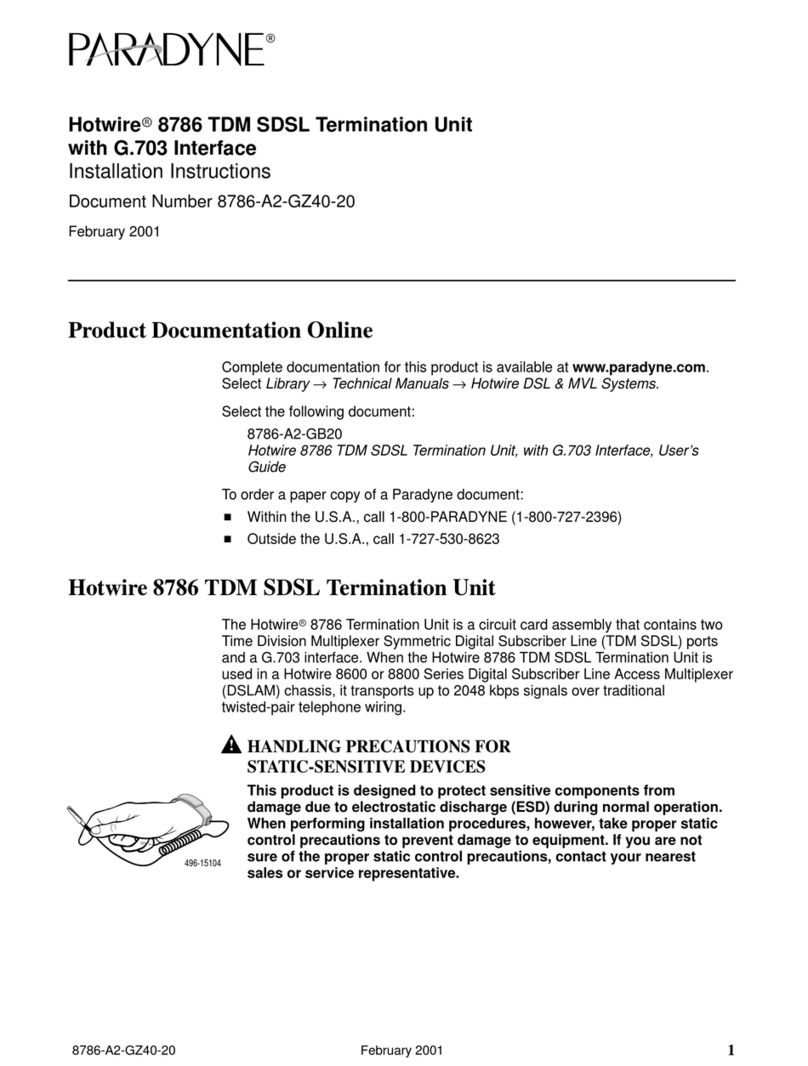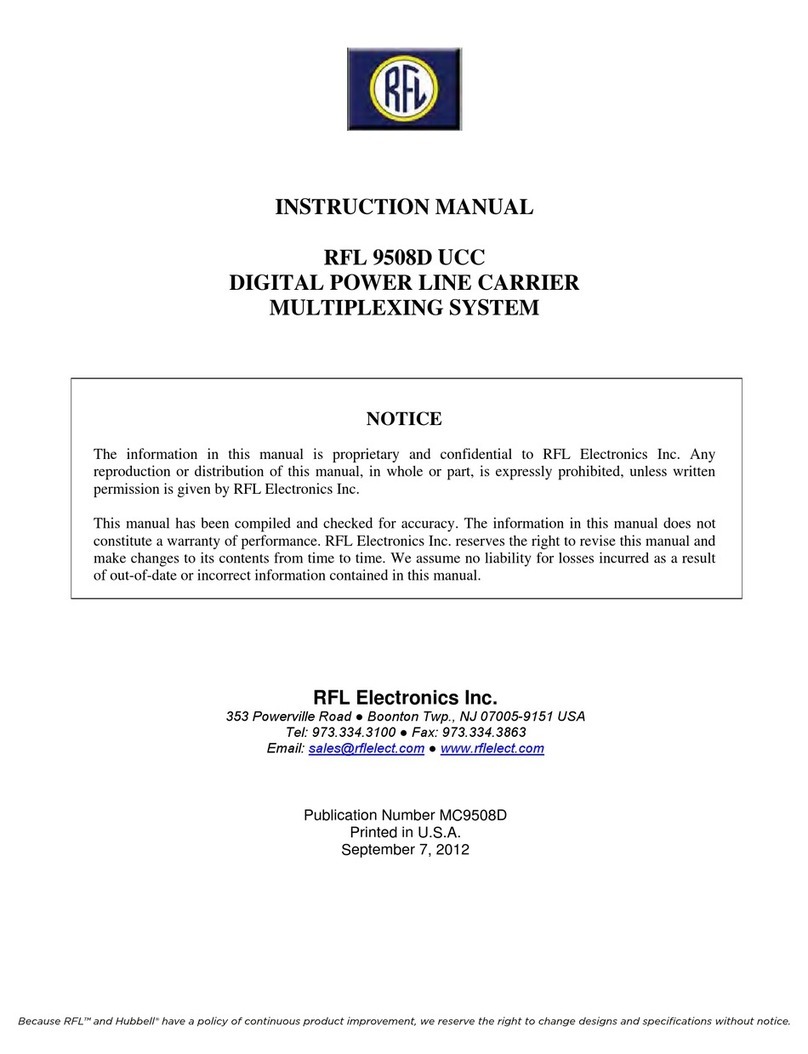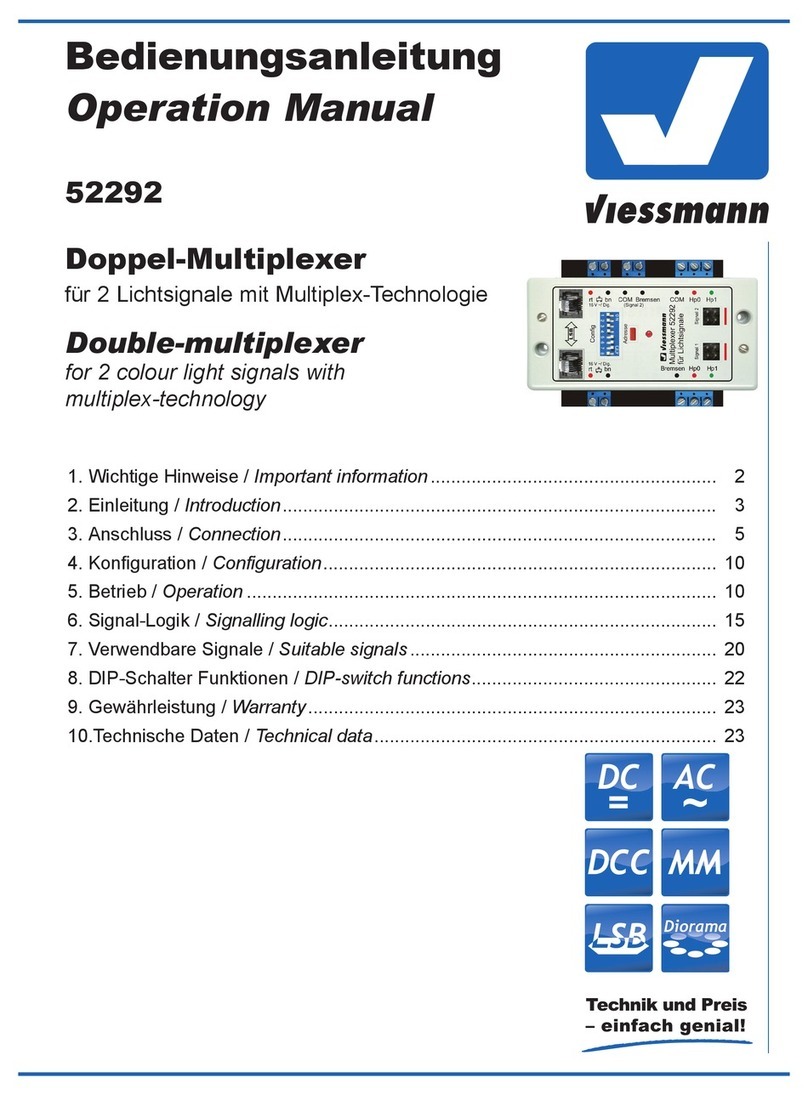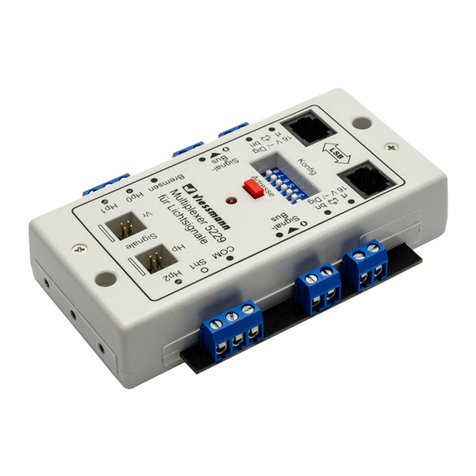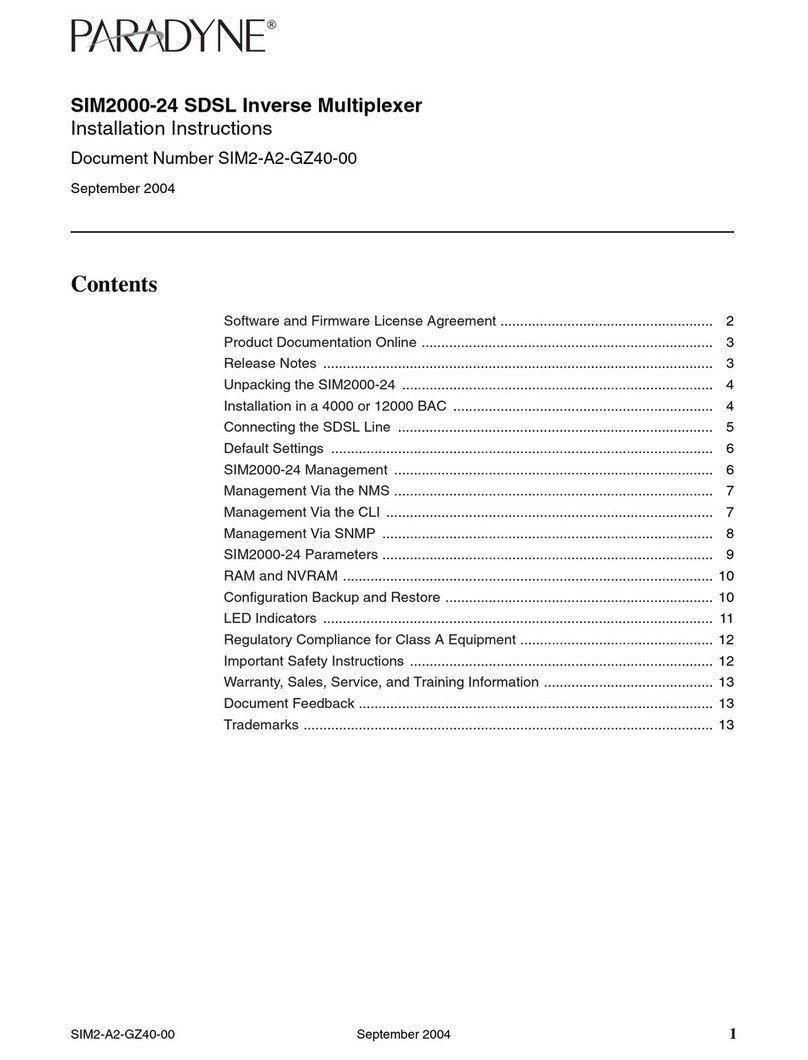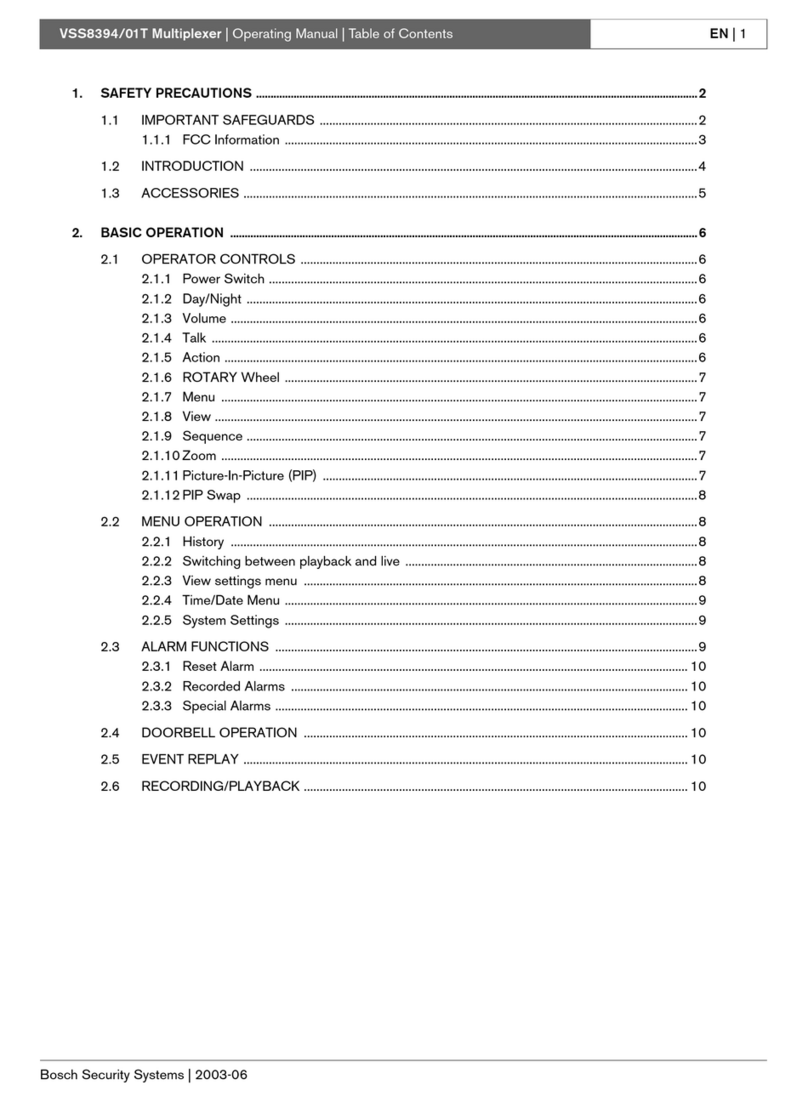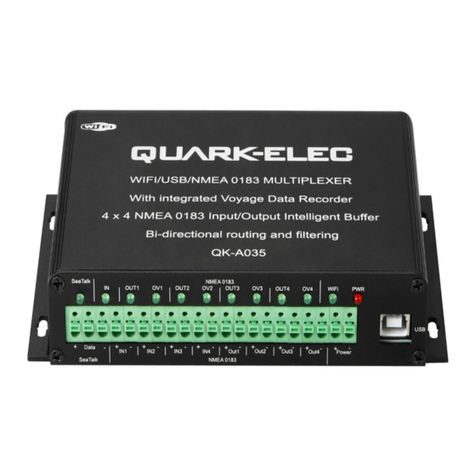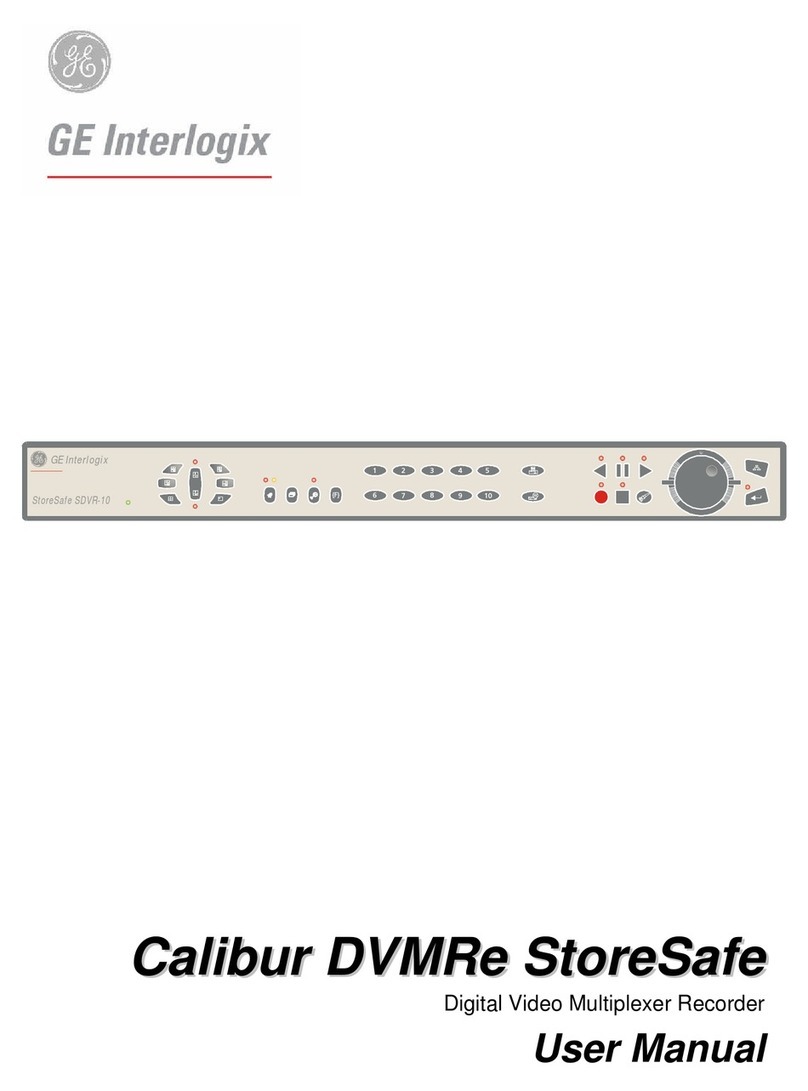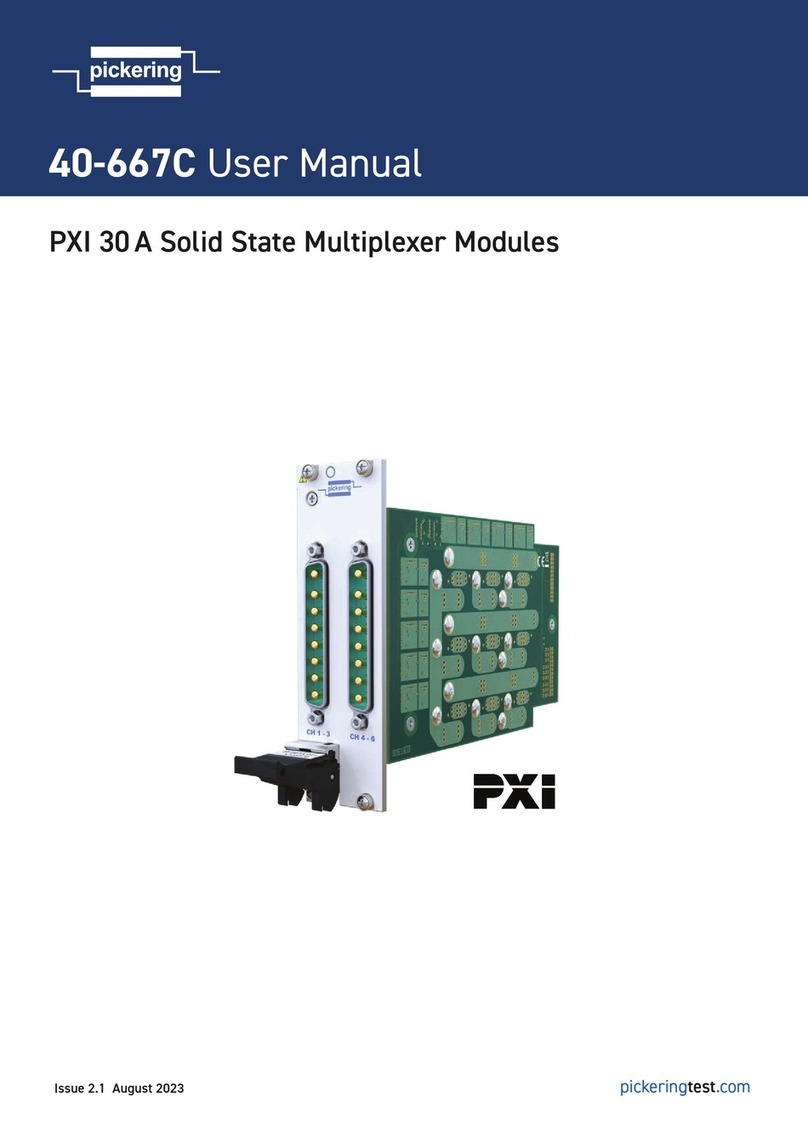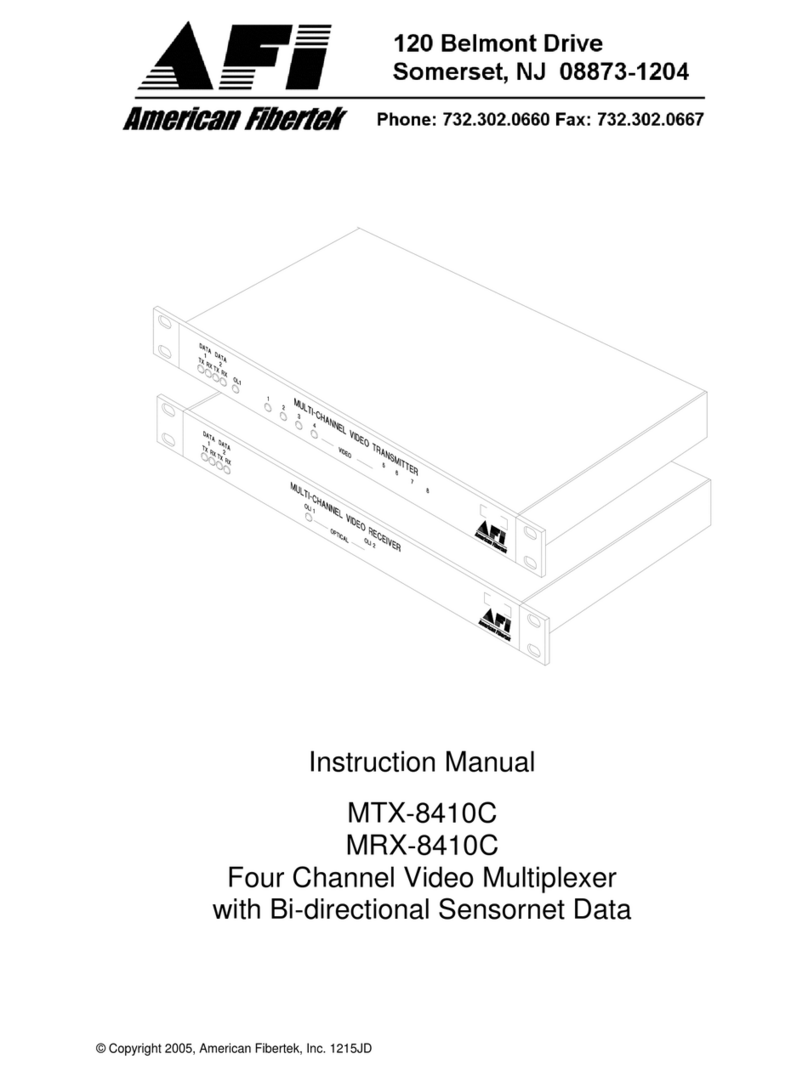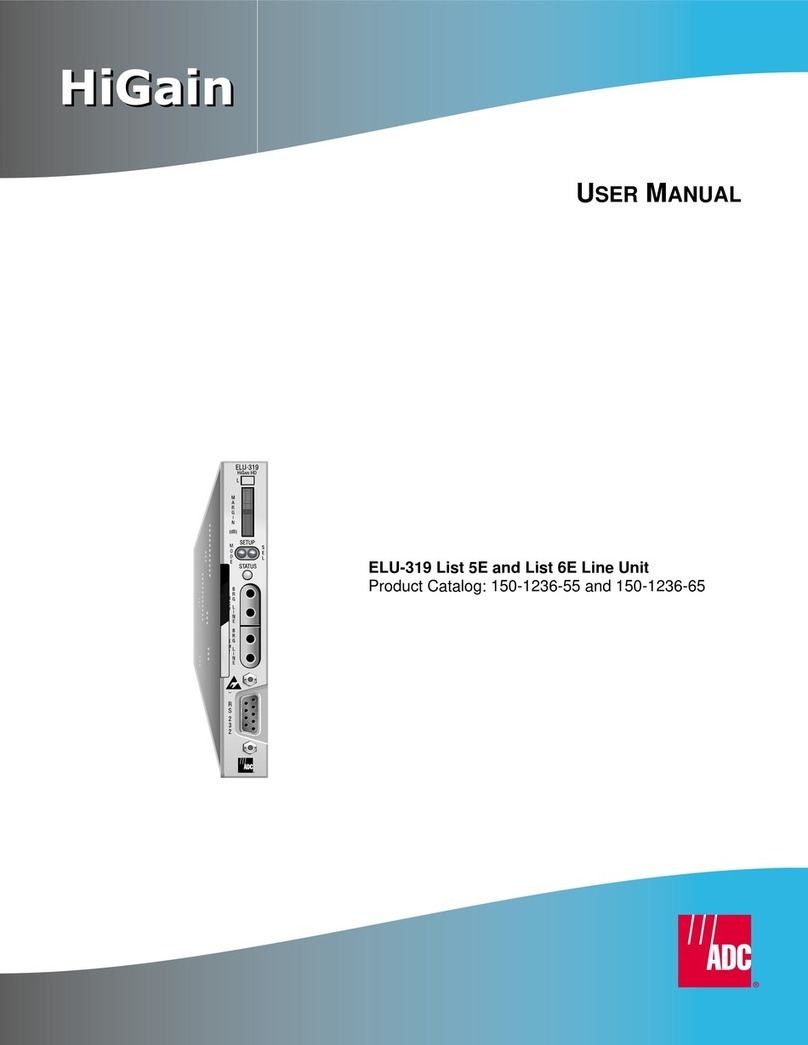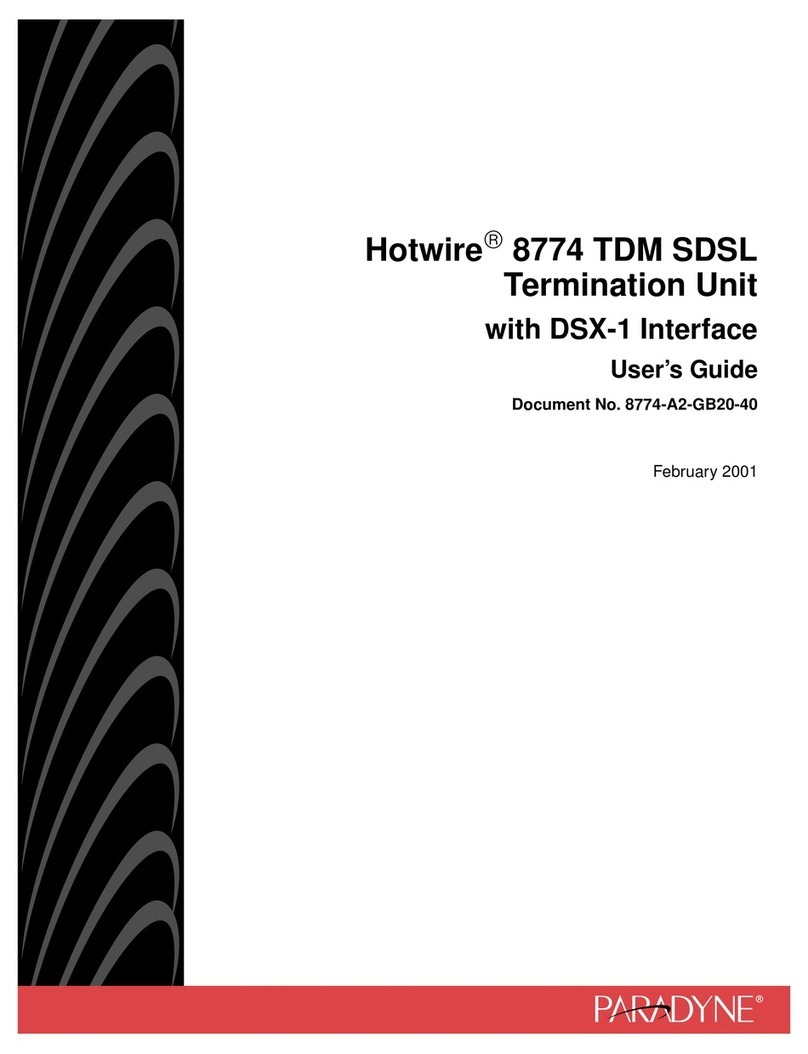
10
5. Signalbus
Bei modernen Signalsystemen sind die Einzelsignale
voneinander abhängig bzw. das Signalbild eines Signals
wird vom folgenden Signal mit beeinusst. Um diese Ab-
hängigkeiten im Modell ohne übergeordnete Intelligenz
vorbildgerecht nachbilden zu können, werden die Signale
untereinander über den Viessmann-Signalbus verbun-
den. Der Signalbus ist eine Datenübertragung über zwei
zusätzliche Kabel und arbeitet entgegen der Fahrtrich-
tung der Züge. Er wird z. B. von den Modulen Art. 5224
und 5229 unterstützt. Entsprechend können Signale und
Module auf der Strecke gemischt aufgestellt werden.
Wichtig: Der Signalbus ist nicht an ein Digitalsystem ge-
bunden. Er funktioniert sogar bei konventionellem Betrieb
ohne Einschränkungen!
5.1 Übertragung der Signalstellung
Der Signalbus überträgt die Stellung des Signals (die
Streckengeschwindigkeit) an das vorhergehende, emp-
fangende Signal. Aus dem eigenen Stellbefehl und der
erhaltenen Information erzeugt dieses Signal seine ei-
gene Stellung für Haupt- und Vorsignal. Es passt darauf-
hin ggf. das Signalbild von Haupt- und Vorsignal an. Das
empfangende Signal überträgt dann seinerseits die ent-
sprechenden Informationen an das wiederum davor lie-
gende Signal.
Der Signalbus arbeitet sogar zwischen den verschie-
denen Signalgenerationen und -typen, so dass ein Über-
gang ohne zusätzliche Schaltungen oder eine übergeord-
nete Instanz möglich ist!
5.2 Übertragung der Besetztmeldung
Zusätzlich zur Information über die Signalstellung über-
trägt der Signalbus auch den Besetztzustand aller an das
Signalmodul angeschlossenen Streckenabschnitte bzw.
Taster. Mit diesen Informationen wird der Betrieb von Si-
gnalen mit Blockstreckenautomatik möglich!
5.3 Verzweigungen des Signalbusses
Der Viessmann-Signalbus darf sich verzweigen. Da-
mit folgt die Datenübertragung immer dem eingestellten
Fahrweg. Eine zyklische Übertragung sorgt dafür, dass
die Informationen kurzfristig in Richtung des neuen Fahr-
weges aktualisiert werden. Dadurch zeigt z. B. ein Ein-
fahrsignal immer das richtige Bild am Vorsignal, wenn
der Signalbus parallel zur Stellung der Weichen durch ein
Relais (z. B. Viessmann Elektronisches Relais 2 x 2 UM
Art. 5552) mit umgeschaltet wird.
Auch am Ausfahrsignal kann der Signalbus auf gleiche
Weise über Relais dem Fahrweg zugeordnet werden. Der
Unterschied besteht darin, dass sich hier der Fahrweg
nicht aufspaltet, sondern wieder zusammengeführt wird.
Deshalb werden die Relais hier in umgekehrter Richtung
betrieben (siehe Abschnitt 6.2 Blockstrecken-Logik).
5. Signal bus
In modern signal systems the individual signals are de-
pendant on each other respectively the aspect of the sig-
nal is inuenced by the following signal. In order to simu-
late this interdependence, the signals are connected via
the Viessmann signal bus. The signal bus is a separate
data communication by 2 extra cables and works against
the direction of travel. The signal bus is integrated in the
modules item 5224 and 5229.
Important: The signal bus does not require a digital sys-
tem. It works in the same manner and without any restric-
tions on analogue layouts!
5.1 Transmission of the signal aspect
The signal bus transmits the signal aspect (the track
speed) to the receiving signal located one block back.
That signal generates the correct aspect for itself and its
distant signal by combining the information contained in
the command plus the feedback from the following signal.
If necessary it changes the signal aspect of main signal
and distant signal. The command received is in turn
transmitted to the preceding signal and so forth.
The signal bus works with dierent signal types and sig-
nal generations. Thus no additional circuitry or higher
authority is required.
5.2 Transmission of track occupancy
status
The signal bus not only conveys the signal aspect but
also the track occupancy status of all track sectors con-
nected to the module or push button inputs. Without this
information the operation with block signals (block logic)
is not possible!
5.3 Branches of the signal bus
The Viessmann signal bus can have branches. Thus the
information always travels according to the set route.
Cyclical transmission assures speedy update of status if
a new route is switched. Therefore a light entry signal al-
ways shows the correct aspect of its distant signal, if the
signal bus is deviated parallel to the position of the points
or crossings by means of a double-pole relay (e. g. Viess-
mann electronic relay 2 x 2 UM item 5552).
In the same manner the signal bus can be switched to
match the route for exit signals. The dierence is that
the route does not branch out but several routes merge.
Therefore the relays are wired in the opposite way (see
chapter 6.2 Block signalling logic).
